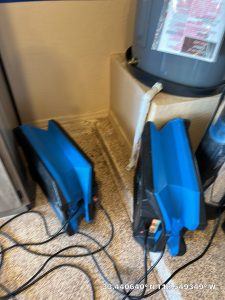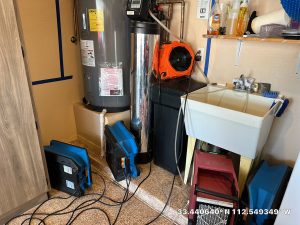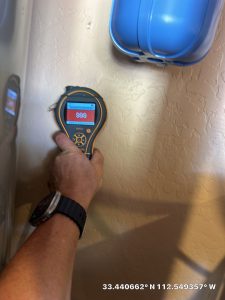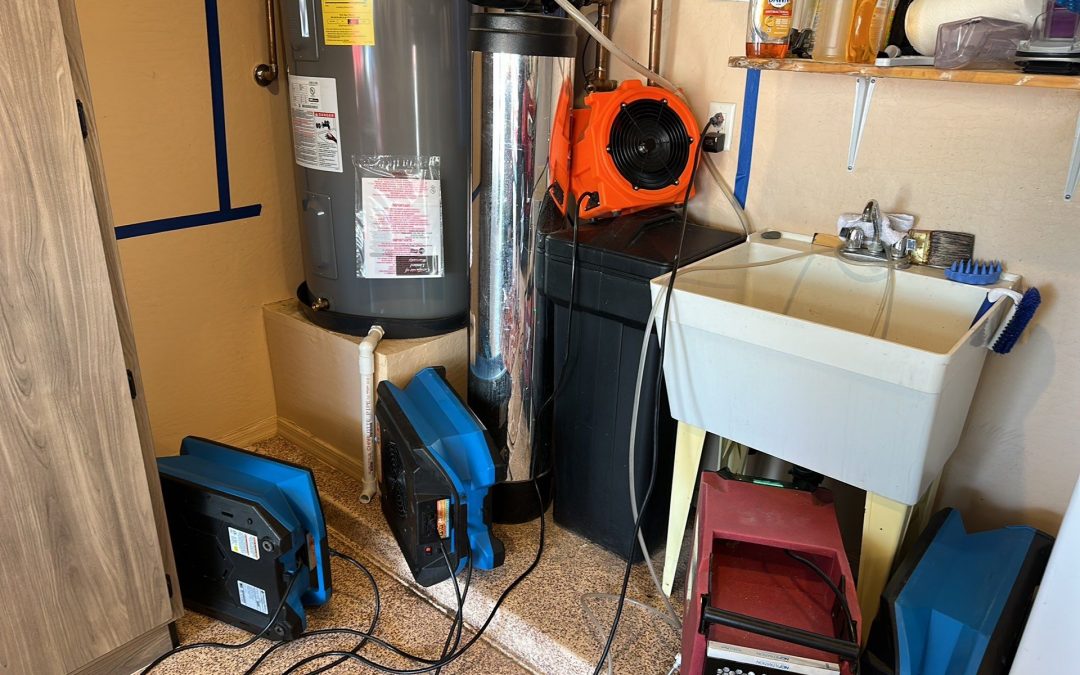Caring for a water heater is essential to ensure its efficiency, longevity, and safety. Regular maintenance can prevent breakdowns, extend the unit’s lifespan, and save on energy costs. Start by setting the thermostat to a safe and energy-efficient temperature, typically around 120°F (49°C). This prevents scalding and reduces energy consumption.
Periodic inspections are crucial. Check for any signs of leaks, rust, or corrosion around the tank. If you notice any water pooling or rust spots, these could indicate serious issues that require professional attention. Inspect the pressure relief valve, an important safety feature that releases excess pressure to prevent tank explosions. To test it, lift the valve’s lever and let it snap back. You should hear a gurgling sound as water is released into the drain tube. If it doesn’t, the valve may need replacement.
Flushing the tank annually helps remove sediment buildup that can reduce efficiency and cause damage. To do this, turn off the power supply to the heater, attach a hose to the drain valve, and direct the water to a nearby drain. Open the valve and let the tank drain completely, then flush it with cold water until the water runs clear.
Check the anode rod every few years. This rod attracts corrosive elements, protecting the tank from rust. If the rod is heavily corroded, it’s time to replace it. Anode rods are typically accessible from the top of the tank and can be unscrewed for inspection.
For gas water heaters, inspect the venting system annually. Ensure there are no obstructions and that the vent pipes are securely fastened. Clean any dust or debris from the air intake and exhaust vents.
Finally, ensure the area around the water heater is free from clutter to allow proper airflow and reduce fire hazards. Regular maintenance and prompt attention to any issues can keep your water heater running efficiently for many years.




